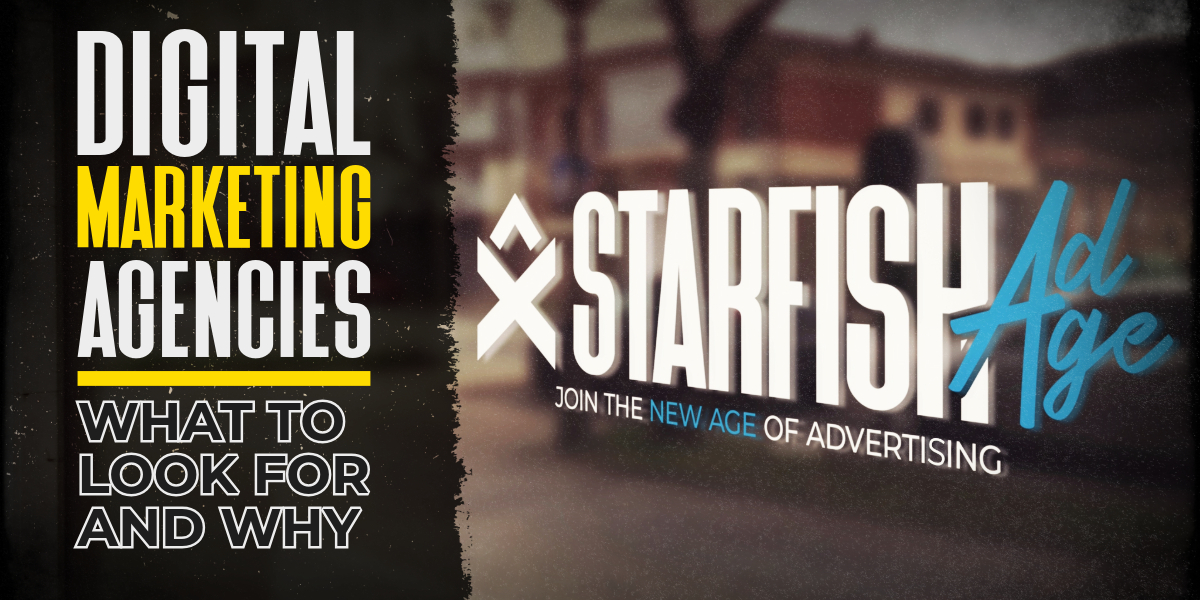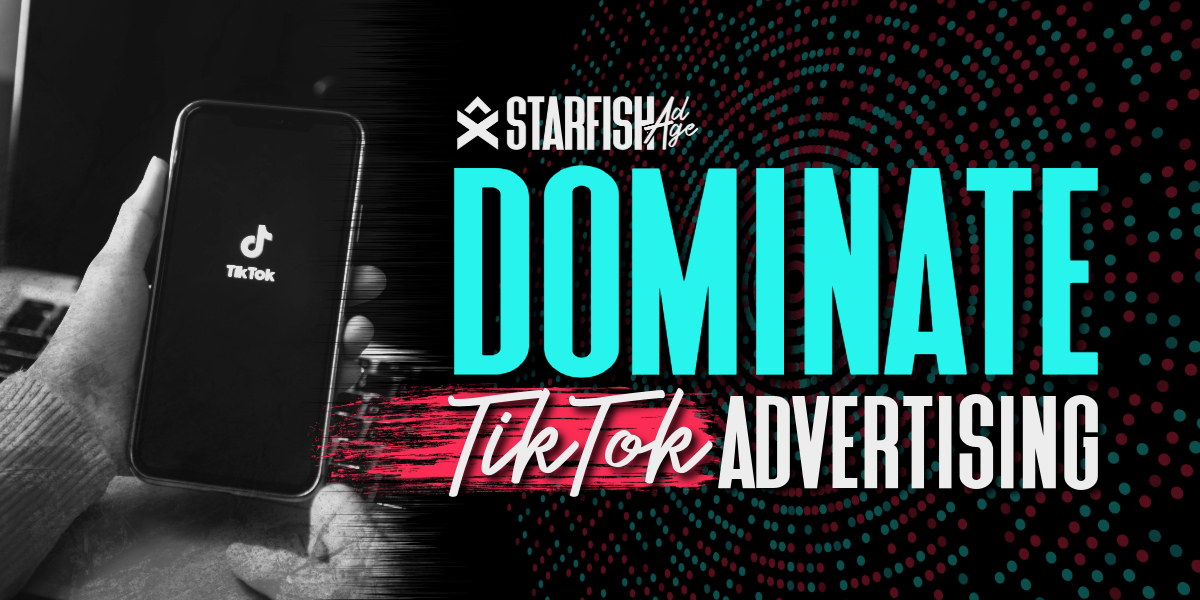
14 Digital Marketing Solutions to Grow Your Business
14 Essential Digital Marketing Solutions to Boost Your Business Growth

Digital advertising has revolutionized the way businesses reach and engage with their target audiences. With the growth of social media, search engines, and other online platforms, it has become easier for businesses to create and place ads in more relevant markets. However, with this increased accessibility and complexity come a plethora of terms that can be confusing for those just starting out in the world of digital advertising.
Impressions refer to the number of times an ad has been shown to users on a website, app, or social media platform. It’s important to note that impressions don’t necessarily mean that the ad has been viewed or clicked on by the user, only that it has been displayed.
CTR is a metric that measures the number of clicks an ad receives compared to the number of times it’s been displayed. This metric is important because it indicates how effective the ad is at getting users to engage with it. A high CTR means that the ad is resonating with users and is likely to lead to more conversions.
A “conversion” refers to any action taken by a user after clicking on an ad. This could be anything from making a purchase to filling out a contact form. Conversions are the end goal of digital advertising, and tracking them is the best way to figure out how well an ad campaign is doing.
Cost per click is a pricing model used in digital advertising where advertisers pay a fee each time a user clicks on their ad. This popular model allows businesses to only pay for the clicks they receive rather than for ad impressions that may not lead to any engagement.
An ad network is a platform that connects advertisers and publishers. This makes it possible for businesses to place their ads on many different websites and apps. Ad networks often use targeting algorithms to ensure that ads are shown to users who are most likely to be interested in them.
Retargeting is a form of digital advertising that involves showing ads to people who have interacted with a business’s website, social media accounts, or been in for a consultation but didn’t buy anything. This method works because it targets people who have already shown interest in a product or service, which makes it more likely that they will buy it.
Frequency refers to the number of times a user sees the same ad over a period of time. While it’s important for users to see an ad multiple times to increase brand awareness and recognition, too much frequency can lead to ad fatigue and a decrease in engagement.
Ad placement refers to the location of an ad on a website or app. Ad placement is important because it can impact the visibility and effectiveness of an ad. Ads placed in prominent locations such as above the fold or on the sidebar are more likely to be seen and clicked on than ads placed in less visible locations.
A landing page is a web page designed specifically for users who have clicked on an ad. The purpose of a landing page is to provide users with more information about a product or service and encourage them to take a specific action, such as making a purchase or filling out a form.
A call-to-action is a phrase or button on an ad or landing page that encourages users to take a specific action, such as “Learn More” or “Buy Now.” CTAs are important because they encourage potential customers to take the next step, which will lead to more conversions.
Ad format refers to the type of ad, such as a banner ad, video ad, or native ad. Different ad formats have different strengths and weaknesses, and the right format will depend on the campaign goals and target audience.
Targeting refers to the process of selecting the audience for an ad campaign. Digital advertising allows for highly specific targeting, including demographic targeting based on age, gender, and location as well as behavioral targeting based on user interests and browsing history.
An ad exchange is a platform where ad inventory is bought and sold in real-time using programmatic advertising technology. Ad exchanges make it easy to buy and sell ad space, and they can give advertisers access to a large number of websites and apps.
Viewability refers to whether or not an ad is actually seen by a user. In order to be counted as viewable, an ad must meet certain criteria, such as being at least 50% visible on the screen for at least one second. Viewability is important for ensuring that advertisers are getting what they pay for and for measuring the effectiveness of an ad campaign.
CPM is another pricing model used in digital advertising, where advertisers pay a fee for every 1,000 ad impressions their ad receives. This model is useful for businesses that want to increase brand awareness but don’t necessarily care about clicks or conversions.
Digital advertising has become an important part of modern business, but there are so many terms and ideas involved that it can be hard to keep up. If business owners know these key terms, they will be better able to understand their marketing and create campaigns that work.

14 Essential Digital Marketing Solutions to Boost Your Business Growth

Learn about SEO, PPC, social media marketing, content marketing, and more to drive traffic and conversions. Read now!

Learn how to select the best digital marketing agency for your small business, the benefits of hiring an agency, and tips for maximizing your online presence.

Learn how to leverage TikTok advertising, ad formats, targeting options, and best practices to increase brand awareness, and drive sales.

Learn about Connected TV (CTV) ads, their benefits, and how they work. Understand programmatic CTV advertising for effective digital marketing campaigns.
All Rights Reserved | Starfish Ad Age LLC | 2023 | Privacy Policy